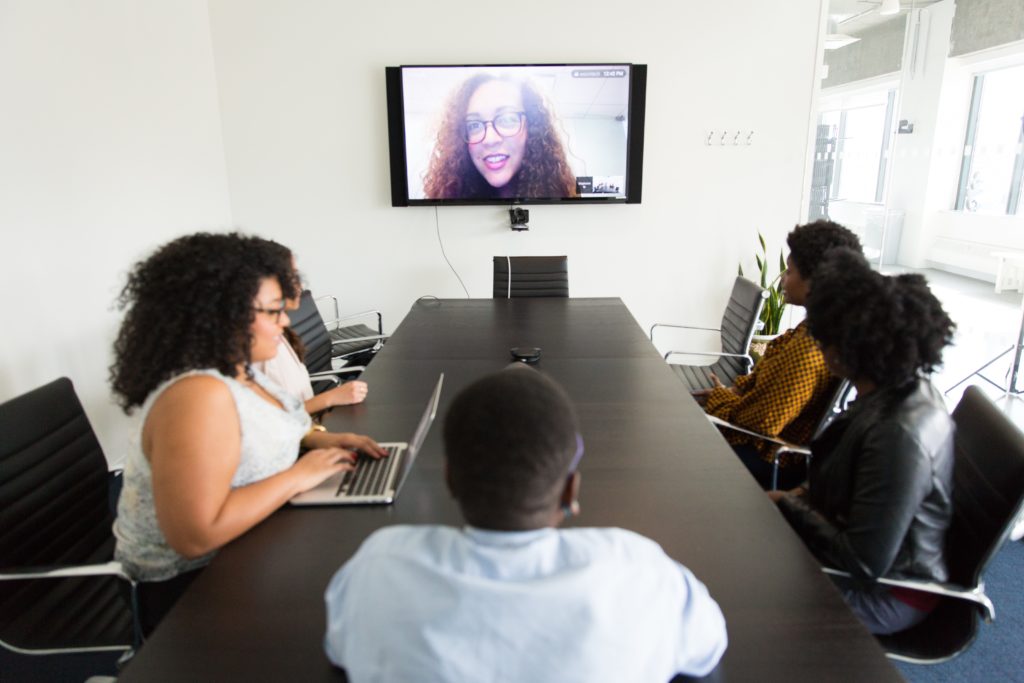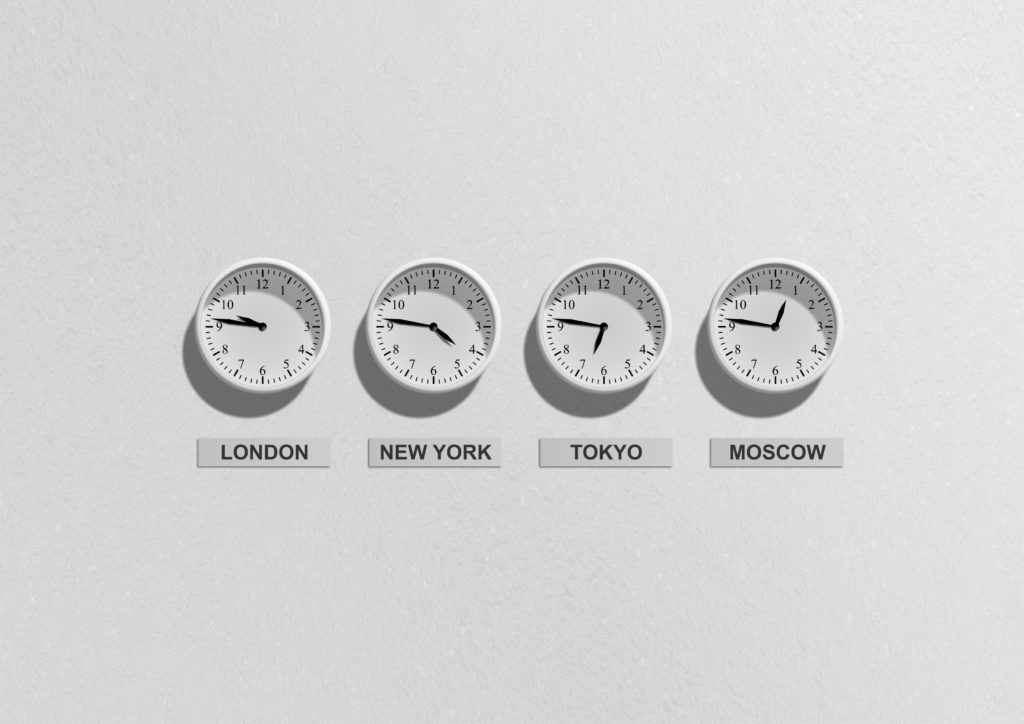When you think of remote work, it’s not uncommon to think of beaches, cocktails, and virtual meetings from the lobby of some hotel in an exotic location! While this remote setup is a reality for some (lucky!) people, it’s not the only way that people are working remotely.
The idea of being a digital nomad is a cool one, but not suitable for everyone and every company out there. It doesn’t work for us all, but luckily the remote setting is pretty fluid and customizable and can suit your individual needs. Sitting in your office and thinking that remote work just wouldn’t work with your lifestyle is incorrect, as there is now something for everyone that wants to break free from the office.
You might not be able or want to go traveling due to family responsibilities or other reasons, but perhaps a few home office days a month can help you spend more time with your family. Maybe you like having the office as a home base but you work much better for the most part on your own. It’s all possible and there really is something for everyone! We’ve outlined all the different remote setups out there for you to explore… which one are you then?

Types of distributed teams
The company you work for will ultimately determine what kind of team you are working in. The setups can vary, and not everyone on your team may be in the same position as you. This also is true location wise. Some people may be based in a certain country where the company is located, and others can be working from abroad. Let’s dive into the most common types of distributed teams.
Split teams
Split teams manage to get the best of both worlds, by collaborating remotely but from two different locations. To give you an example, you may have a US company that is trying to expand into Europe. In this case, the development team is based in Texas whilst the marketing team is in Berlin. The two roughly equal teams work in different locations, but together they work remotely in order to achieve a common goal. Team members could also be working remotely in their respective locations, but there is still a hub for each team.
Hybrid teams
A hybrid team means that most team members are working from a fixed office location. Less than 50% of the employees will be working outside of the office, and even then, they might have to come in occasionally to work with the collocated team members. This is also becoming ever more popular with companies, especially in the technology sector. While more established businesses aren’t often up for taking the full plunge into remote work, this can be a good way to get them started on the right remote track.
Hybrid teams are usually developed when an employer is struggling with finding particular talents to the team and the only way to get them is to agree for hybrid setup with mixed remote and onsite employees.
Fully remote
A fully remote team does exactly what it says on the tin. All employees will be working together remotely in this setup. There’s no office and no need to meet your teammates in person. A fully remote team is most likely going to be part of a fully remote company, making it one of the most exciting setups to work in.
Expect to find a lot of remote enthusiasts and evangelicals here (e.g. Buffer, doist!), because it takes a lot of effort and to make this set up work. More likely than not, this kind of arrangement will have people from numerous different countries working together. They may even be from different continents, so dealing with big differences in time zones is common too.

How much of your work is done remotely?
As we mentioned before, remote jobs come in all different shapes and sizes! Not everyone has the same conditions and frequency at which they’re working outside the office. You can put these setups on a gradual scale, from working mainly in the office to being completely free to work from where you want. These conditions can also be mixed in with part-time and full-time jobs. Even if you have a remote-only part-time position, you may have another job in a co-located office on a part-time basis too.
Office-first
If you are working in an office first environment, you will find that most of your time will be spent in the office working directly with your team. Working remotely will only take up a small portion of your hours, so the opportunities for traveling are a lot smaller. This type of set up is becoming more and more common, with companies giving an allowance for a certain number of home office days that people can take per month. Usually, taking a home office day needs to be confirmed by a manager of a particular team.
Remote-first
A remote-first job will mean that you primarily work outside of the office by yourself. The company that you work for will have a physical location somewhere that you will need occasionally visit for e.g. for reporting or meetings. The rest of your team and co-workers may also have remote work conditions, but more likely than not most will spend the majority of their time in the office.

Remote only
This is probably what most people seem to think of when remote work comes to mind. With this setup, you never need to physically go to office space, and you will almost always work completely by yourself. Of course, attending a whole company retreat or an occasional meetup with team members can happen, but for 99% of the time you will be free to work from a location of your choice.
There’s more to it …
By combining elements from these different setups and taking what works for your specific needs, everyone should be able to find something that suits their requirements and lifestyle. Luckily for everyone, more and more companies are allowing employees to have the freedom in choosing when, where, and how we want to work. Maybe you’re just getting started on your remote journey and feeling a bit lost?
Check out Remote-how Academy to learn all the strategies, and tips you’ll need to become a fully prepared remote worker. It’s comprehensive and even suitable for people with absolutely no previous remote experience. At the end you’ll also get a certification that is recognised by some of the biggest remote hiring companies out there too. We love helping people on their journey to becoming more remote and experiencing the freedom that flexible working arrangements offer.

